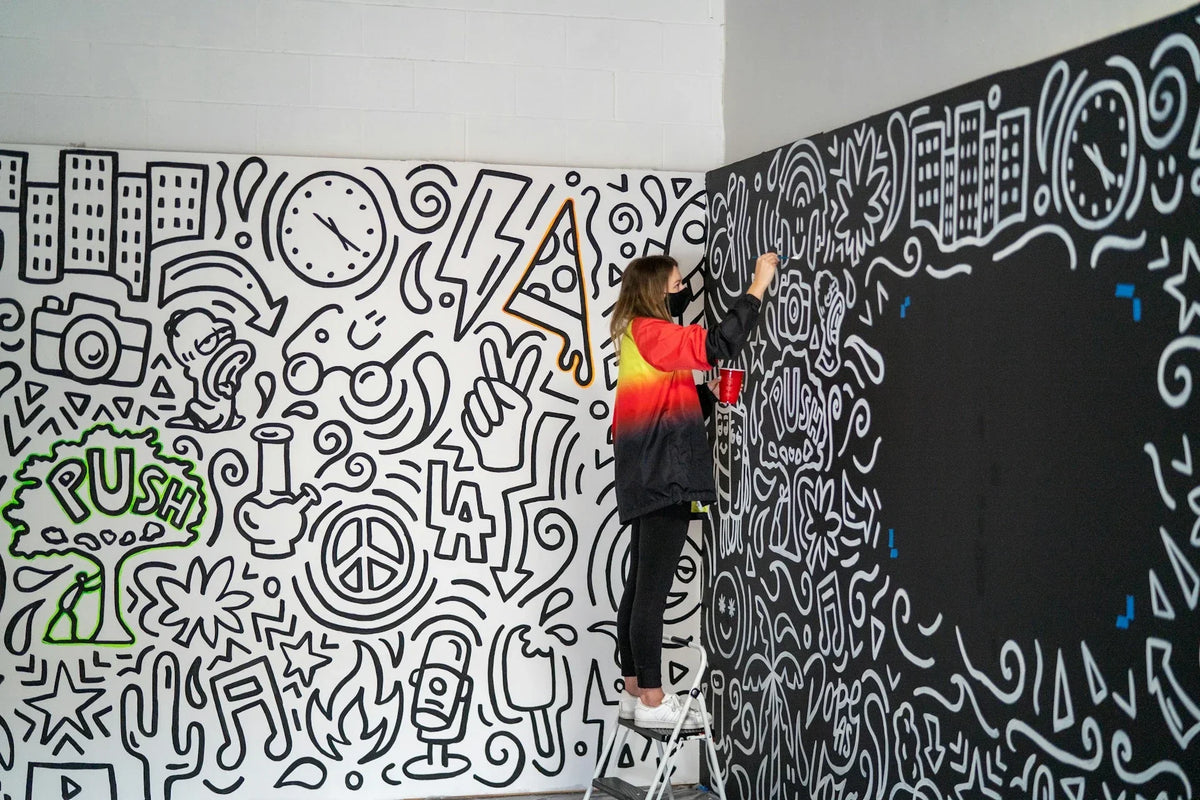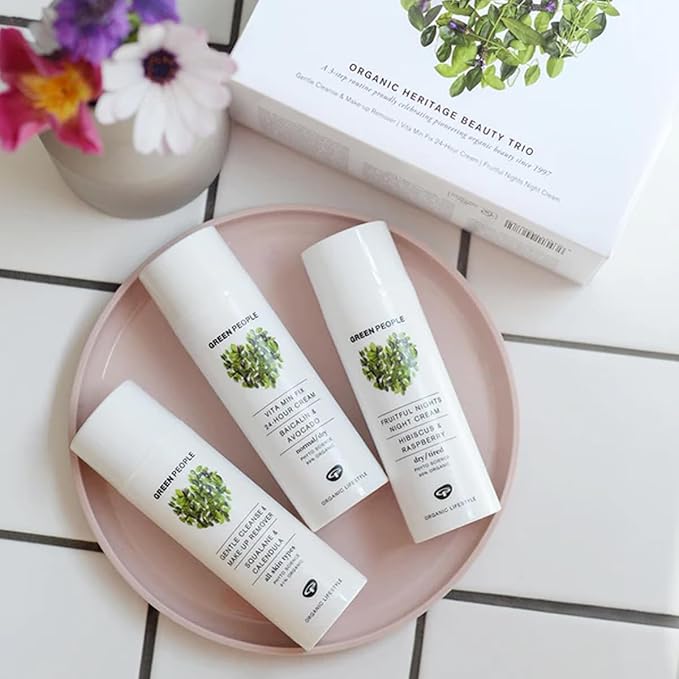First-time visitors to Georgia often want a clear, stress-free introduction that balances culture, nature and everyday comfort. Many begin in Tbilisi, where the airport sits close to the city centre and the compact Old Town allows easy walking between the sulphur baths, Narikala cable car and riverside viewpoints. Sustainable travel here means choosing walkable routes, local cafés and small hotels that support the community. Short trips to Mtskheta add historical depth without long drives, while Kakheti introduces wine traditions through slower, guided visits that reduce unnecessary transport. Some travellers combine Tbilisi with Batumi, using efficient internal travel rather than multiple flights. At Friendly Turtle EcoBlog, we encourage first-time visitors to travel Georgia responsibly by pacing itineraries, staying in family-run guesthouses, joining small-group tours and respecting local ecosystems. These mindful choices help reduce environmental impact while still offering a rich, authentic experience of Georgia’s cities, landscapes and traditions.
Share your articles with us and get published! Reach out at hello@friendlyturtle.com.
Green and Gorgeous: Interior Design Tips That Add Value

Everyone lucky enough to own their own property or, at the very least, manage to live somewhere with long-term prospects desires to make their home a place of happiness and joy. One way to achieve this is by creating an interior space that aligns with their personal character while making good use of the existing space. This post will cover several tips and tricks that can help to turn any living space that is currently bland and staid into something that, as soon as you enter, fills you with a sense of satisfaction. Moreover, these ideas are designed with sustainability in mind in order to help you reduce your ecological footprint as much as possible.
Choose The Right Sized Furniture For Each Room (And Opt For Sustainable Materials For Extra Credit)
Interior design is all about the intelligent use of space and, in some cases, how you can utilize negative space to enhance the feeling of openness. Consequently, when choosing what furniture you ought to place around, your main priority should be selecting pieces that fit perfectly within whatever space you're working with so you can avoid creating a cluttered atmosphere. We will discuss multiuse furniture later in the post, but for most folks, it simply doesn't make sense to make every item of furniture completely functional purely in the pursuit of space. In reality, there will be times when you'll want a couch or sofa whose only purpose in life is to be a comfortable place for you to relax after a long day at work, or those days when you feel like sitting in front of the TV all day (no judgment here!) However, if you're like most normal people, you probably don't pour over the various sizes and shapes that sofas come in unless you're actively searching for one to place in your home. If that sounds like you, then you should go now and visit this website that outlines very clearly the different options available, which you can then use to make a call on which is going to work best in whatever space you want to place them. Once you've figured this out, your next step is to choose furniture items that use sustainable materials and avoid any use of animal leather.
This is quite an interesting topic to cover since suitability can mean different things to different people. Nonetheless, for most folks, this will likely mean anything that is made using wood from sustainable forests (but do your research on this as there is a lot of greenwashing that goes on in this trade), fabrics picked and processed using fair trade policies and perhaps opting for vegan leather if you want to enjoy the luxurious look and feel of leather without an animal having to lose its life over. In practice, this is going to be a little more effort than simply heading down to your local furniture store, but seeing as you are revamping your home for you and yours, it's an effort worth making.
Bring The Outdoors Indoors And Incorporate Plants Where They Make Sense
Unless you happen to have severe allergies to certain plant species, almost any space can benefit from bringing a little bit of the outside inside (heck, even if you do happen to have allergies, there are plenty of hypoallergenic species to choose from). The benefits of this tip come from the fact that there are various shades of colors around the place that have been created by nature and nature alone. Including plants in interior design offers each living area several aesthetic and practical advantages. From a visual standpoint, plants significantly improve the whole attractiveness of a room by softening sharp lines and corners, creating eye-catching focus areas, and deftly tying many design elements together via their many forms, sizes, and textures. These natural components add a bit of vitality and brightness, therefore softening the often harsh architectural details of a place. If we're speaking in purely functional terms, plants may offer much-needed privacy screens or be efficient space separators (but where is the fun in pure functionality)?

Utilize Natural Light Whenever Possible
We all know that natural light is generally considered the best light, but why is this? Well, for one, it can massively boost the feeling of openness, and when combined with other natural features like the plants previously mentioned, you will generate a highly attractive living space a hallmark of coastal style interior design, which emphasises brightness, breezy layouts and a strong connection to nature. However, there are other reasons, particularly when looking at it from a sustainability perspective. By allowing more national light to enter your home, you are less likely to need to turn on your electrical lights, helping to lower your bills and avoid using energy when it's not required. To really boost your environmentally friendly credentials, you ought to consider implementing energy-efficient lighting solutions throughout your home. While these are pretty common nowadays, take a look around and see where you might be able to use lower-wattage lighting to help you achieve a smaller energy footprint.
Use Multi-Functional Furniture If You're Short On Space
As promised, this is the part about multiuse furniture. Popularized by the Japanese with their eponymous Futon but embraced by the rest of the world, this concept focuses on making multiple uses out of one piece of furniture, allowing you to free up as much space as possible. If you already have plenty of room, then you might not need to follow this tip, but for those living in slightly more cramped surroundings, you may find this idea extremely valuable.
Choose Timeless Design Over Trends
Our final tip centers around the idea of choosing timeless design over trends that you may read about in various design publications. While it's always fun to examine the latest and greatest trends, when you opt for those that stand the test of time (and that you actually enjoy), you will ensure that you won't need to change designs over the years continually. The sustainability bent on this is the fact that because you're prioritizing quality over quality and reducing the need to throw out items that haven't aged well, you won't be responsible for adding even more stuff to an already overloading landfill system.
Redesigning your interior space while incorporating green design methodology isn't always an easy task. However, by using the ideas presented here, along with your own thoughts and research, you can generate a timeless style that aligns with your own and creates a place that puts a massive smile on your face whenever you enter it.
0 comments
Let customers speak for us
Blog posts
A calm, multifunctional garden can be more than a pretty backdrop it can become a practical extension of your home that supports slow mornings, outdoor meals, and genuine downtime. In this Friendly Turtle EcoBlog guide, we look at simple, sustainable ways to shape an outdoor space that feels organised, welcoming, and easy to use throughout the week. Start by creating clear “zones”: a quiet seating corner for reading, a dining spot for relaxed lunches, and a flexible open area for play or potting. Light-touch structures, such as an airy pergola or a sheltered veranda, add definition without blocking daylight, making the garden usable in changeable weather. Keep the mood restful with layered planting: evergreens for year-round structure, seasonal flowers for colour, and lightly scented herbs near paths. Choose reclaimed or recycled materials where possible, add soft warm lighting, and reduce water waste with mulch and a simple rainwater butt. The result is a garden that feels calm, functional, and kinder to the planet.
Finding the right mental health support in Woodland Hills starts with checking credentials, treatment approach and access to care. Look for licensed clinicians with training in evidence-based therapies such as CBT or DBT, and ask whether programmes offer coordinated psychiatry, talking therapy and crisis support when needed. The best providers also explain your options clearly, from outpatient sessions to more structured day programmes, and may include complementary practices that support recovery, such as mindfulness, movement and nutrition guidance. At Friendly Turtle EcoBlog, we often explore how everyday choices shape wellbeing; this guide applies the same practical lens to mental health care, helping you compare services, understand what ‘holistic’ really means, and choose a setting that feels safe, respectful and tailored to your needs. It also highlights practical questions to ask about availability, confidentiality, fees and insurance, so you can make a confident, informed decision.



